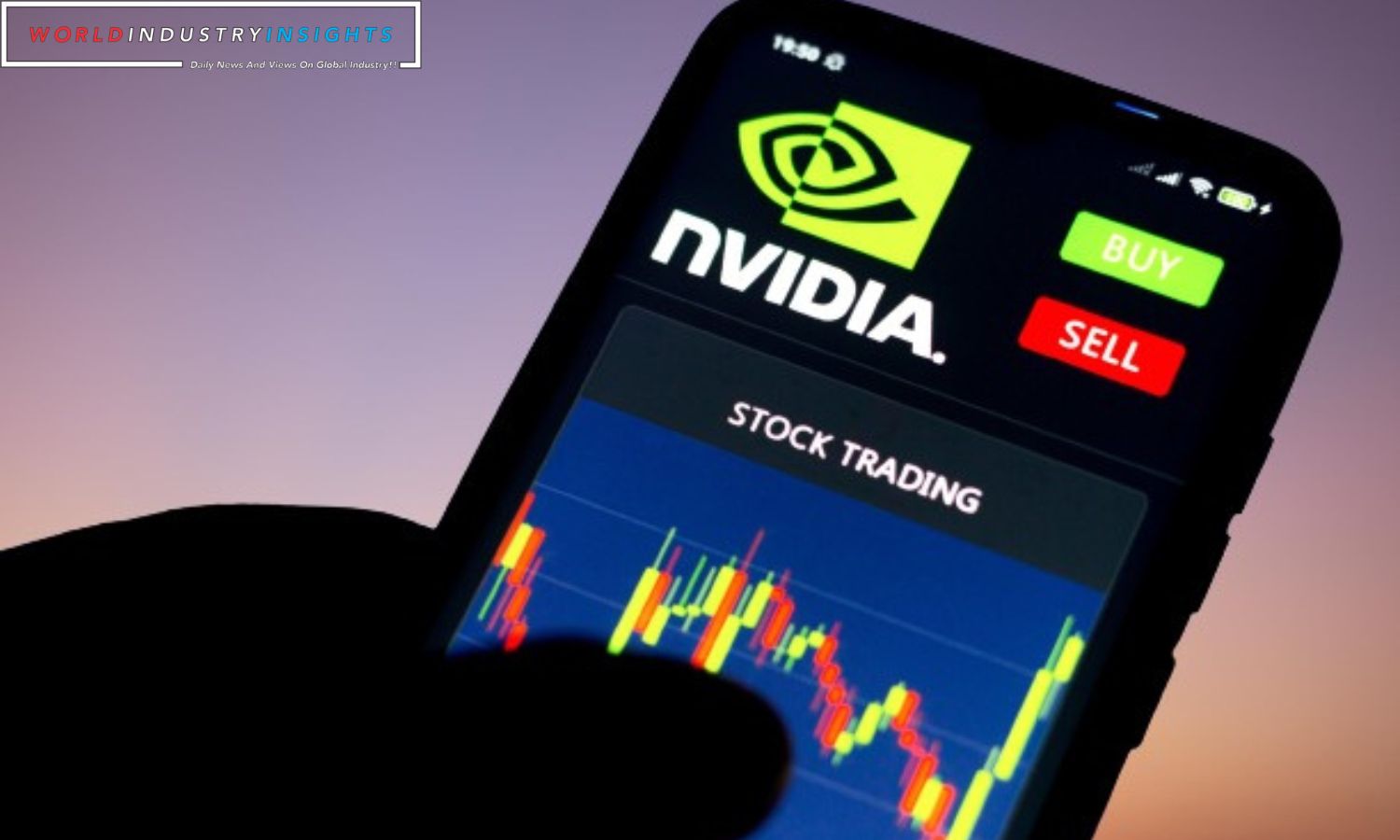Nvidia Q3 Sales Projection: Nvidia (NVDA.O) owners hope the following quarter sales projection will be stronger after Wednesday’s news. The true mystery? How much this limit could be exceeded.
The company’s capacity to feed ChatGPT and other cutting-edge artificial intelligence systems, which use Nvidia’s visual processors, has driven its exponential expansion this year.
In one year, Nvidia’s stock worth doubled. This has increased the company’s market worth by $700 billion, making it the first trillion-dollar semiconductor maker, a desirable position.
Still, a strong share price rise indicates an unstable balance. Any bookkeeping error might shake the firm. Analysts warn investors that a poor projection could cause a substantial stock price decrease.
Nvidia may not be the only one affected. Nvidia and Big Tech’s AI industry have helped the S&P 500 soar in 2018. “I’ve been following technology since 1994, and I’ve never seen a situation where so much depended on a single entity,” said GP Bullhound’s Inge Heydorn, which invests in Nvidia and AMD.
Many believe artificial intelligence is the most crucial factor in future growth. Any Nvidia slowdown might signal a market shakeup.
Wall Street expects Nvidia’s third-quarter sales to rise 110% to $12.50 billion, according to Refinitiv. It’s notable that Nvidia has rarely missed these requirements in recent years. Citi experts predict it will cost $12 billion to $14 billion, with the most optimistic forecasts being $14 billion.
Read More: Federal Reserve Economic Projections: From 2016 to Today, What Has Changed?
Recent events have affected several brokerages’ stock price goals. This has raised the median view to $500, which is optimistic.
The company’s optimistic second-quarter sales projection, released in May, raised the price-to-earnings ratio for the next year. This surge halted as experts became more hopeful about the company’s profitability. Right now, it’s worth more than AMD.
To determine if Nvidia’s high valuation is justified, stakeholders will closely monitor data center sales, notably of its H100 AI processor.
The $40,000 H100 chip, twice as expensive as when it originally went on sale, can only match half of current demand, according to reports. This tendency is unlikely to change soon.
Future growth is uncertain, especially given China drove the recent demand surge. People here race to hoard chips because they fear the US may prohibit exports. Heydorn believes the present estimates don’t account for China’s business slowdown risk.
This supply-demand gap could drive buyers to AMD, which is preparing its M1300X CPU to compete with Nvidia’s high-end AI products. Harsh Kumar of Piper Sandler predicts AMD’s price might be 50% lower than Nvidia’s. Large corporations like Google or Meta may seek cost savings.
AMD is expected to gain 10% of the AI processor market next year, according to analysts. There are still issues. The industry standard for artificial intelligence is Nvidia’s CUDA, whereas AMD’s equivalent software is still developing.
Kumar outlines the big picture, “In electronics history, the leader has always dominated the market. Customers typically look for other solutions, making it harder for sector leaders to demand the highest costs. AMD is another option.


